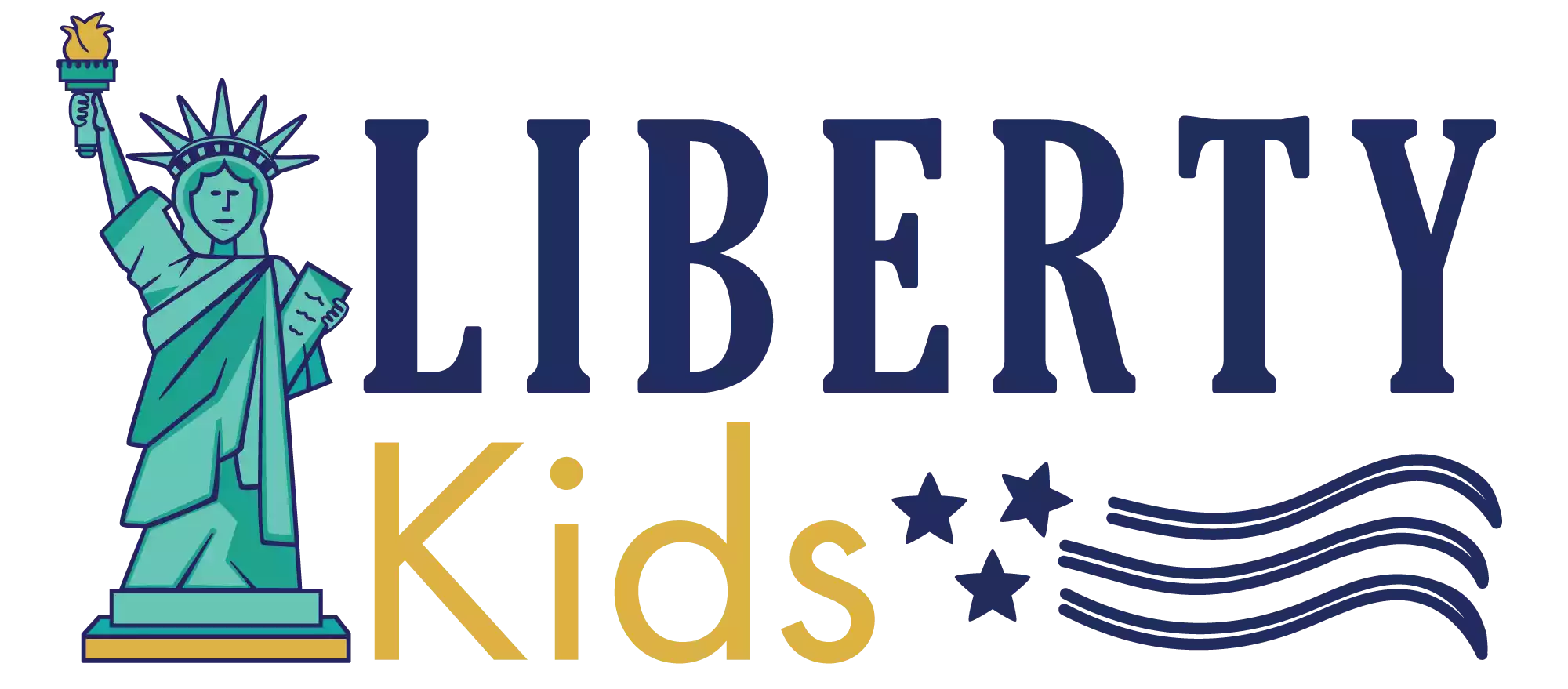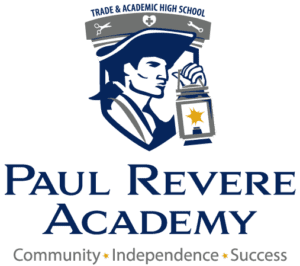
5 Things You Didn’t Know About Dual Enrollment in High Schools
Across the country, more and more high school students are earning college credits through an academic model called “dual enrollment” (also referred to as “concurrent enrollment” in many schools). These programs allow students to take college courses that satisfy requirements for both their high school diploma and future college degree or trade certification. Instead of simply preparing students for the adjustment to college academics, dual enrollment thrusts them headlong into the real deal.
Dual enrollment can give students greater confidence in their abilities while mastering practical skills for managing college life. All the while they rack up credits, potentially shaving off tens of thousands in future tuition costs.
I recently had the opportunity to sit down with Dr. E.J. Anderson, an expert on high school dual enrollment programs, and discuss how dual enrollment opportunities can profoundly shape students’ trajectories for the better. And while the program is an extremely beneficial program for students, many misconceptions still linger about how these programs actually work.
Here are five game-changing truths about the concrete benefits of dual enrollment that families should understand:
1. Dual Enrollment Classes Don’t Require Extra Work
I often hear the misconception that taking college courses in high school automatically translates to additional work for students. It is often believed that because the classes cover material at a higher level, students will face heavier reading loads, more intense papers and projects, and tougher exams.
However, Dr. Anderson explained that simply isn't the case. The courses follow the established college curriculum and standards, yes, but students aren't tackling more actual assignments or tests compared to their high school classmates. The same homework, quizzes, and finals they'd be completing now also count for college credit since the instructor has been approved to teach the content at that advanced level.
However, it’s the college enrollment component that confusion sometimes happens. Parents may believe that simply taking a dual enrollment high school course automatically grants dual credits – but formal registration with the college is required to truly integrate the class(es) into the college transcript system. If your student does not enroll with the college, they will not be eligible for the college credit.
2. They Build College Readiness Skills
Navigating the college landscape can be intimidating for many new students. By exposing high schoolers to what it’s like to operate within a college system, dual enrollment classes can help demystify the experience. Research shows that even taking one college course makes students more comfortable with things like selecting courses, using campus resources, and interacting with professors.
Having this early exposure gives students a chance to rehearse integral skills within a college setting making the eventual full-time transition after high school graduation much smoother. Dual enrollment allows students to conquer many intimidating hurdles before even reaching campus as undergraduates. This preparation pays off by boosting their ultimate confidence to take on university academics and everything that entails.
3. Dual Enrollment May Cost Less Than You Think
Dual enrollment is often a lot cheaper than regular tuition costs. For example, at Rio Salado College students can expect to pay $97 per credit hour. Providing a budget-friendly option compared to sometimes paying three or four times more per class once students start college. And financial assistance is widely available, making dual enrollment feasible for most families.
With these options available, most Arizona students can find ways to make dual enrollment very reasonably priced and not the financial burden some may assume exists. Demystifying the true out-of-pocket costs is critical, so high schoolers aren’t scared off by perception and fail to pursue the significant benefits of waiting through dual enrollment. There is too much assistance available for finances to remain a roadblock.
4. Students Earn an Official College Transcript.
Because students are officially enrolled in the college, they receive an official college transcript with any classes taken for dual enrollment credit. This includes an actual college GPA, not just a record of completing the course.
Compare this to the “all-or-nothing” stakes around Advanced Placement (AP) classes. Students' mastery of content over months of instruction gets boiled down to a single cumulative test. There’s no factoring effort on homework, essays, or other elements that comprise the journey of learning. And while students may earn college credit by scoring well on AP exams, their high school transcript doesn’t include supporting details on this performance.
5. Credits Are Widely Transferable
Some families assume dual enrollment credits won’t fully transfer to many four-year colleges or universities students ultimately attend. However, Dr. Anderson shared that dual enrollment credits transfer can transfer to schools nationwide.
The key is that most general education and introductory classes populate dual enrollment offerings – English, Math, Science, History, and the like. These general education requirements transfer to whatever major students decide to declare.
Another benefit is that articulation agreements already exist between community colleges and state university systems to streamline credit transfers. Classes also may count towards students’ majors depending on their specialization. While maybe not every obscure elective transfers, the core curriculum should transfer fine.
For example, say a student takes Marketing and Geometry as dual enrollment classes in high school. When he attends his state’s public university, in all likelihood Geometry will satisfy a core math requirement. The Marketing class may either meet a business elective or provide general elective credit.
The flexibility of dual enrollment to fulfill either general education, major prerequisites, or elective credits makes them versatile for wherever students head after high school. So rather than worry about wasting time or money on courses that could be denied later, families can feel confident credits will be widely accepted.
Final Thoughts
After listening to Dr. Anderson elaborate on how dual enrollment empowers students, I’m an even bigger champion of these programs for high schoolers! The benefits span from financial savings to skill-building to transcript boosts that unlock many opportunities. Students not only tackle college-level material but rehearse the habits and mindsets needed for independence and self-reliance.
The research makes clear that dual enrollment courses also provide flexibility rather than restriction when charting your student’s academic journey. Most of the time, credits seamlessly transfer, complement existing interests, or spark new ones, and relieve pressure down the road. Simply put, they generate momentum toward lifetime success.
So I encourage all families to think strategically about how dual enrollment could help their students get an effective head start on higher education. Map out a plan leveraging these classes to maximize value for your teenager. And be sure to consult closely with your high school guidance counselors, who have great insights on blending dual enrollment with graduation requirements.
If you are interested in learning more about how to enroll your students in dual enrollment courses at Rio Salado please visit: https://www.riosalado.edu/start-rio/early-college/dual-enrollment/enrollment-steps-overview



















Comments